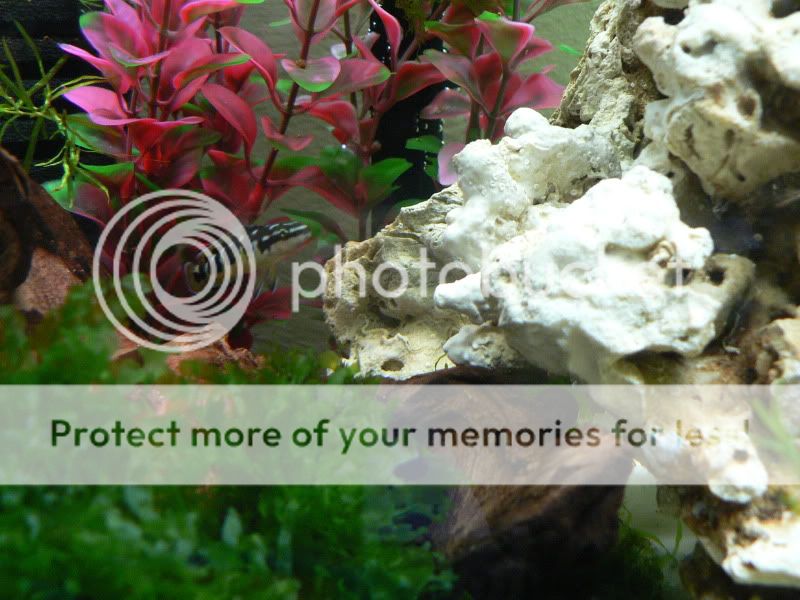Depends on how many shellie pairs you want. A 4' tank is alright for 3 species (or pairs/trios depending on the fish in question) of substrate spawners provided you arrange it right.
Caudopunks are a little fish with a big attitude. An established pair would likely be alright, but you may have difficulty finding a bonded pair or establishing a pair from a group. They're not quite as difficult to pair off as occies, but nothing like transcriptus. As far as that goes, definitely avoid the "Gombe" variant of the Julie clan. They're murder on conspecifics. The "Bemba" transcriptus are the smallest amd most mellow of the clan, I highly recommend those for a smaller community tank.
If you really love the marunguensis give them a tank of their own, minimum of 20 gallons for a breeding pair, larger would be better. Something (in another tank) to eat the excess fry would also be wise, because they will quickly overcrowd anything smaller than a 75 with several spawns. Been there, done that with a closely related species that were less aggressive and/or productive (regarding spawn size) than brichardi. Started them in a 55 community, ended up in a 38, and finally got rid of them completely.
Well, I am currently cycling a 20 gallon tank. To be honest, I was thinking that I might just use the 20 gallon for the meleagris and devote the 45 to the marunguensis and a calvus or two to eat the excess fry. Or maybe I'll try the meleagris, compunctatus and transcriptus in the 45.
Thank you for all your advice, Todd. Also, what is the difference between a Gombe and a Bemba julie. Does it have to do with regions? (I am such a newbie when it comes to cichlids.)








